How to Fix ‘Feature update to windows 10, version 21H1 Failed to Install’?
The Windows 10 21H1 update was the major Windows Update released in May 2021 to add different features like Windows Hello multi-camera support, News and interests widget, and improvements like Windows Defender Application Guard (WDAG) improvements, etc. to the operating system.
Although for many users, the upgrade process was quite smooth; however, for some users, the upgrade process fails.

The 21H1 update mainly fails to install due to the following two issues:
- Corrupt System Files: A sudden power failure or a deletion of an essential system file (by you or antivirus of your system) can make the system files corrupt, and this may fail the installation of the 21H1 update.
- Outdated PC’s BIOS: If your PC’s BIOS is missing essential updates and patches, it may become incompatible with the latest Windows updates (like 21H1) and stop these updates from installing.
You can follow the undermentioned solutions to solve the failing install of the Windows 10 21H1 update but before that, check if restarting the system solves the 21H1 update issue. Also, check if booting your system with bare minimums solves the issue.
If you are one of the users who have successfully installed the 21H1 update but the PC is still showing the previous version of Windows and continuously asking to reboot the device after every reboot to apply the update, then open the Check for Updates page of Windows Settings and check if keeping it opened for an extended time (like 30 minutes) solves the issue.
Use the Latest Update Assistant to Update Your System
Ideally, the 21H1 update should automatically install through the Windows Update channel. But, if your system cannot install it automatically, manually doing the same may do the trick for you.
- Launch a web browser and head to the following Windows 10 page of Microsoft:
https://www.microsoft.com/fr-fr/fr-fr/fr-fr/en-us/software-download/windows10
- Now click on the Update Now button and let the assistant download.
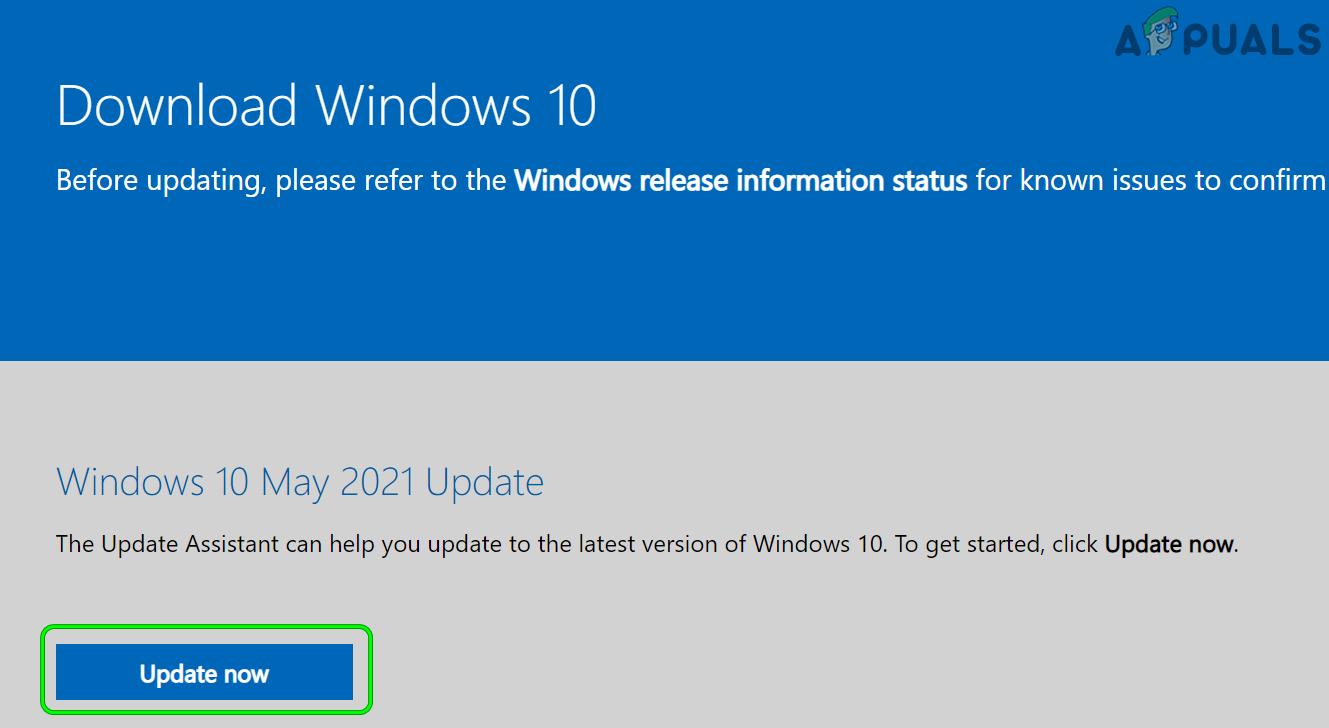
Download Latest Windows Update Assistant by Clicking on Update Now - Then, launch the update assistant as administrator and follow the prompts to complete the update process.
- Now reboot your PC and upon reboot, check if the version of your system’s Windows is 21H1.
Perform the DISM and SFC Scans of Your System
Your system might fail to install the 21H1 update if the essential system files are corrupt. In this context, performing the DISM and SFC scans may solve the 21H1 problem.
- Click Windows, key in CMD, right-click on the result of Command Prompt, and select Run as Administrator.
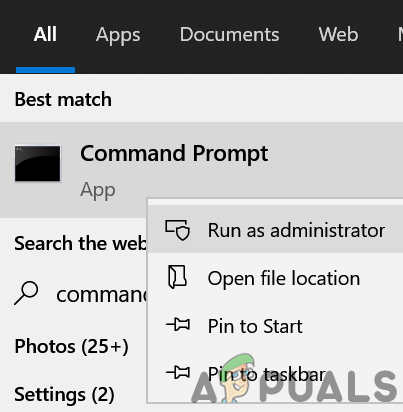
Open Command Prompt as Administrator - Now execute the following:
Dism /Online /Cleanup-Image /RestoreHealth

Use the DISM Command to RestoreHealth - Then wait till the DISM scan is complete (around 20 to 30 minutes) and afterward, execute the following (this scan requires some time to complete, so, try it when the PC can be spared for some time like overnight):
sfc /scannow
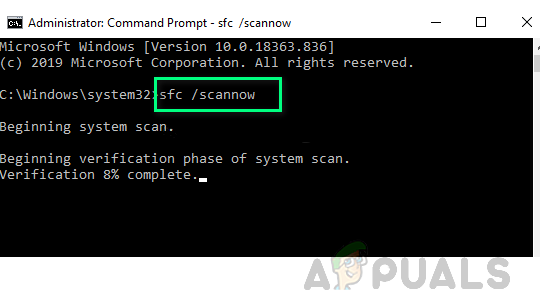
Perform an SFC Scan - Once completed, reboot your PC and then check if the 21H1 update can be installed.
Update the PC’s BIOS to the Latest Release
An outdated system’s BIOS may have caused the installation failure of the 21H1 update as the BIOS may have become incompatible with the update. In this scenario, updating your PC’s BIOS/ firmware to the latest release may solve the problem.
Warning:
Move forward at your own risk as updating the PC’s BIOS can be a risky process (if not done properly or a power failure occurs during the process) and can cause undying damage to your PC/data.
- You may update the PC’s BIOS (as per the manufacturer) by visiting the following URLs:
- Once the PC’s BIOS is updated, check if the 21H1 update can be installed.
Perform an In-Place Upgrade of Your PC’s Windows
If the issue is still there even after trying the above solutions, then performing an In-Place upgrade of your PC’s Windows (which will install the OS while keeping your settings, apps, and files) may upgrade the Windows version to 21H1.
- Launch a web browser and head to the following Microsoft’s Windows 10 page:
https://www.microsoft.com/fr-fr/fr-fr/fr-fr/en-us/software-download/windows10
- Now scroll down and in the Create Windows 10 Installation Media section, click on Download Tool Now.

Download the Media Creation Tool from the Microsoft Website - Once the tool is downloaded, launch its setup file as administrator and accept the license terms.
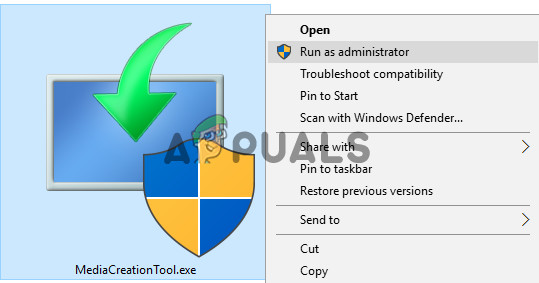
Launch the Media Creation Tool as Administrator - Now select Upgrade This PC Now and follow the prompts but, when asked to, make sure to select Keep Windows Settings, Personal Files, and Apps.
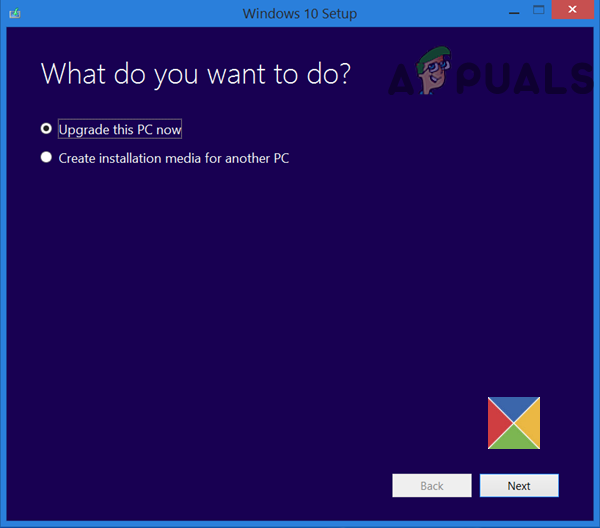
Select Upgrade This PC Now - Once the upgrade process is completed, hopefully, the system’s Windows has updated to 21H1.
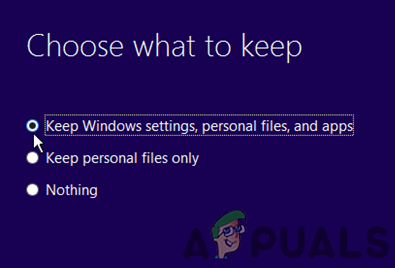
Keep Windows Settings, Personal Files, and Apps
If the issue persists, then check if performing a repair install of the current Windows installation sorts out the problem. If not, then you may have to perform a clean installation (a cumbersome task) of the Windows 10 to solve the 21H1 update issue.





